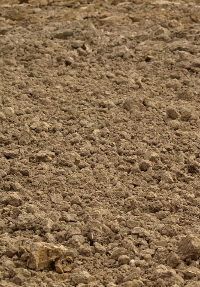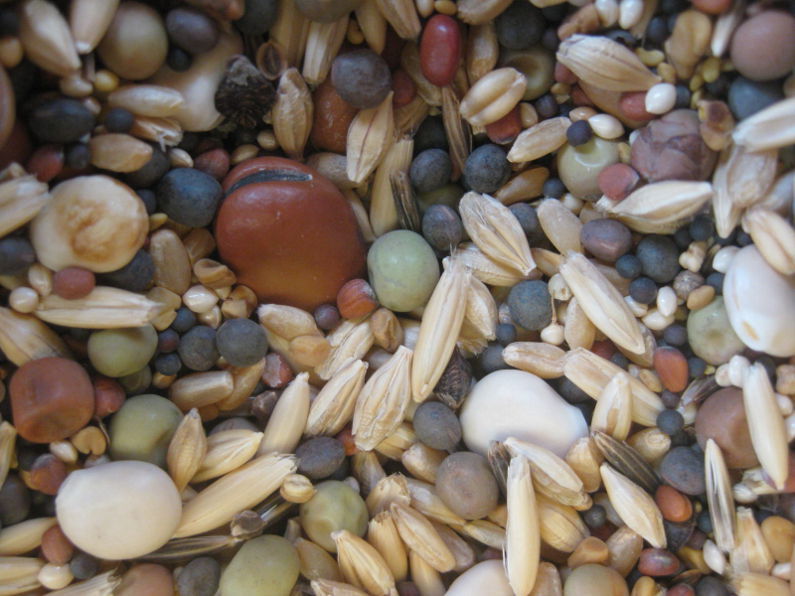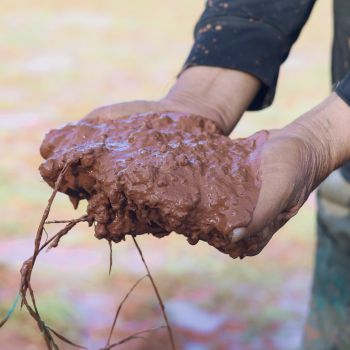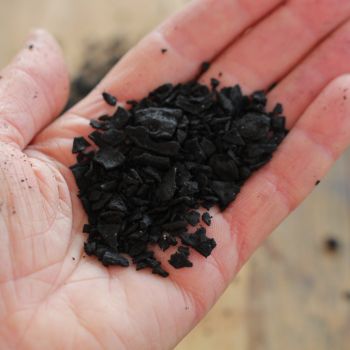What it is:
Green compost is also known as green manure.
Green composting is a way to enrich the soil by planting nitrogen giving and nutrient dense crops. The crop is gently tilled into the soil when it is almost ready to harvest, usually just before it flowers. It is then left for about six weeks before another crop is planted into that area.
Who uses a green composting method?
Green composting such as this is an ancient gardening method. This type of gardening was used by the ancient Greeks who ploughed broad beans back into the soil. Chinese used grasses and weeds and early Americans called it the "fallow" cycle.
Many organic farmers prefer to use this method as it is a natural way of gardening. Gardeners who are serious about being sustainable, organic and biodynamic will devote a good percentage of their garden to the green composting method. Another name for this type of gardening is to plant a cover crop. Some large scale organic farmers even use this technique to enrich their soil without the expense of buying nutrients or the risk of adding toxins to their soil.
When and Why to plant a Green Compost Crop
- If your soil is looking old and tired.
- If when you pick up a handful of soil it is not dark brown and crumbly.
- If you have recently had a bumper crop that may have taken all the goodness out of the soil. The green compost crop is allows that plot of land to rest and recuperate as well as regaining much needed nutrients.
- If your garden has not been performing as well as it did in the past.
- There is nothing else to grow at that time due to the season or life circumstances. That is always a good time to plant out a green composting plot. You can then let it look after itself for most of the time.
- To prevent loss of topsoil if you are not planning on planting an edible crop in that area for a while.
- Suppresses weeds when your garden would otherwise be inactive.
- Feeds earthworms and soil organisms.
- Frogs and beetles thrive in cover crops and eat pests.
The Science behind Green Composting
Plants are chosen for their ability to enrich the soil in some way. Different crops have different benefits. Composting crops give off nutritional gasses that enrich the soil and create an environment very beneficial to the good bacteria and bugs in the soil.
Growing compost crops adds nitrogen back into the soil. The nitrogen is added in a symbiotic manner from good bacteria (nitrogen fixing) that attach themselves to the root nodules of the plant. Green manure also enriches the soil with many other nutrients and minerals, such as: potassium, magnesium, phosphorous and sulphur.
The roots go deep down into the soil, aerating and tilling the soil naturally. The deep roots enable nutrients and minerals that have been stored deeper in the earth, to come up to the topsoil. At the same time they are building canals for the water to flow through for the subsequent crops. This supports the roots to grow deeper and stronger, helping them to be more pest and disease resilient.
Alfalfa, for example, can send roots down 18 meters! As the root goes further into the ground it actually brings more goodness up from the deep earth to not only nourish the compost crop but crops grown in the soil afterwards.
Another great benefit to the deep rooting system is water retention. I am sure we have all had the problem of losing water from a good rain as it runs off the dry earth before it can soak in. I have even set up a system in the vertical gardens - running pipes with drilled holes in them down through the garden to water all the way down. The deep root composting system works in a similar fashion
Above: Garden bed of mustard almost ready to be tilled into the soil.
Best Composting Crops:
Amaranth, Quinoa and Millet - are all said to be good as cover crops but information about their specific benefits is scarce (except that they are all highly nutritious as a food!)
Buckwheat - Great foliage and good weed control.
Fenugreek - Germinates in cold soils, adds nitrogen and loosens heavy clay soils. Controls weeds.
Legumes (clover, lucerne/alfalfa, peas and a variety of beans) -
- Adds a large amount of foliage, nitrogen and other nutrients. Attracts beneficial insects.
- Lucerne/Alfalfa is the best for root depth
Lupin - Accumulates nitrogen and phosphorus. Flowers attract bees and other beneficial insects.
Mustard - Attracts beneficial insects. Large amount of foliage. Known to suppress fungal disease and control nematodes. Follow after a potato crop to eradicate wireworm.
Oats - Helps control nematodes, produces a lot of organic matter.
Sorghum - Grows in drier areas, lots of foliage, holds dirt in well.
Hopefully you now have a better understanding of why compost crops are important. Next time you see an empty spot in your garden - why not plant a cover crop yourself?








